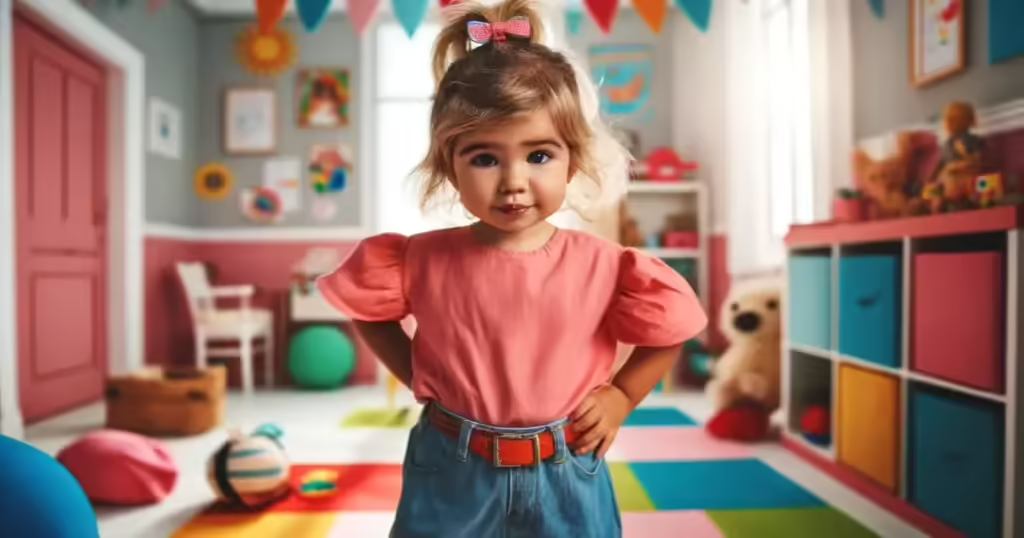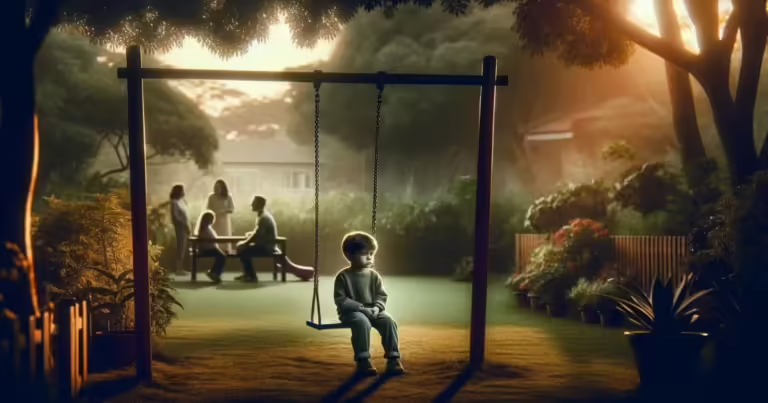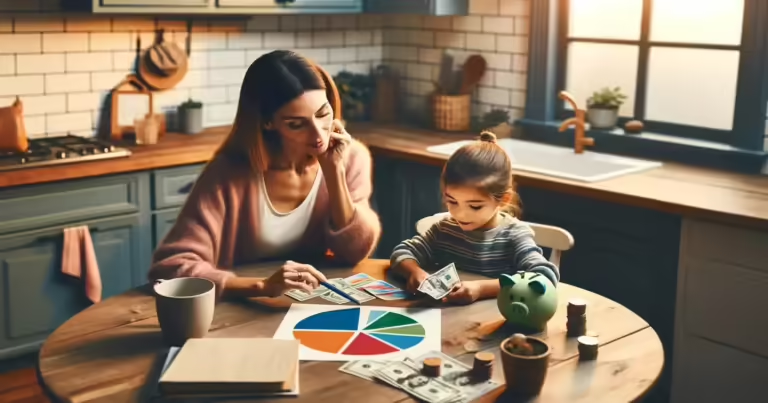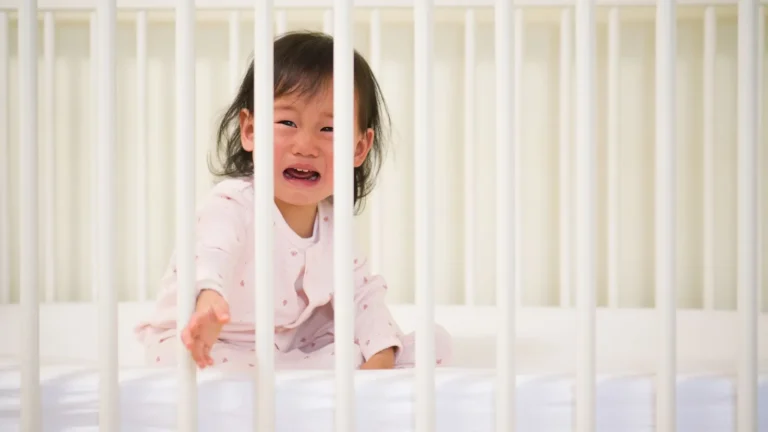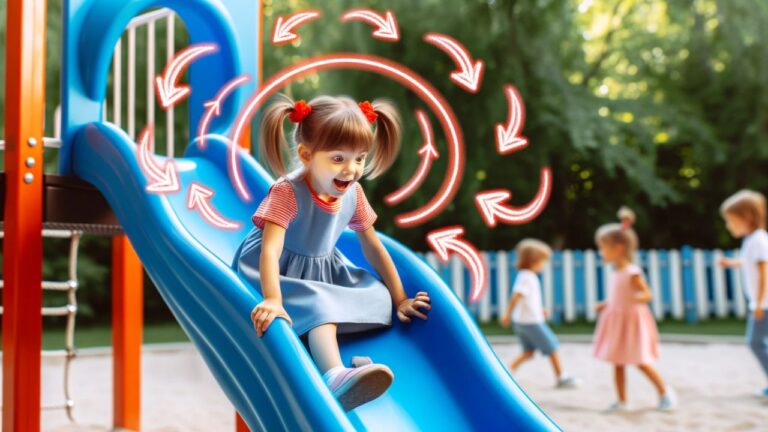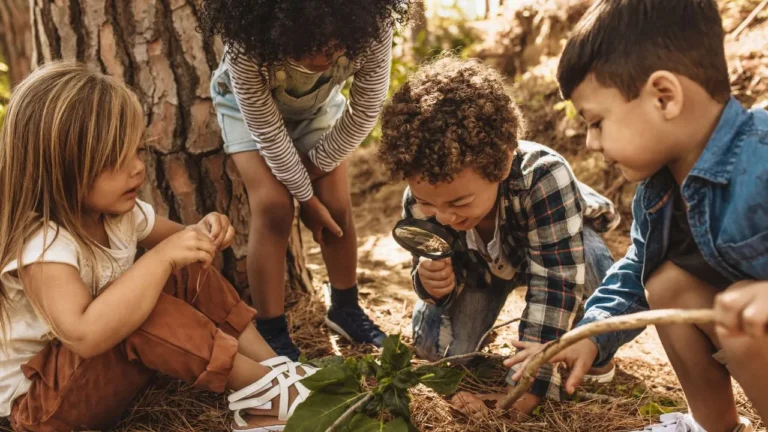Amazing Ways To Encourage Toddlers To Dress Themselves!
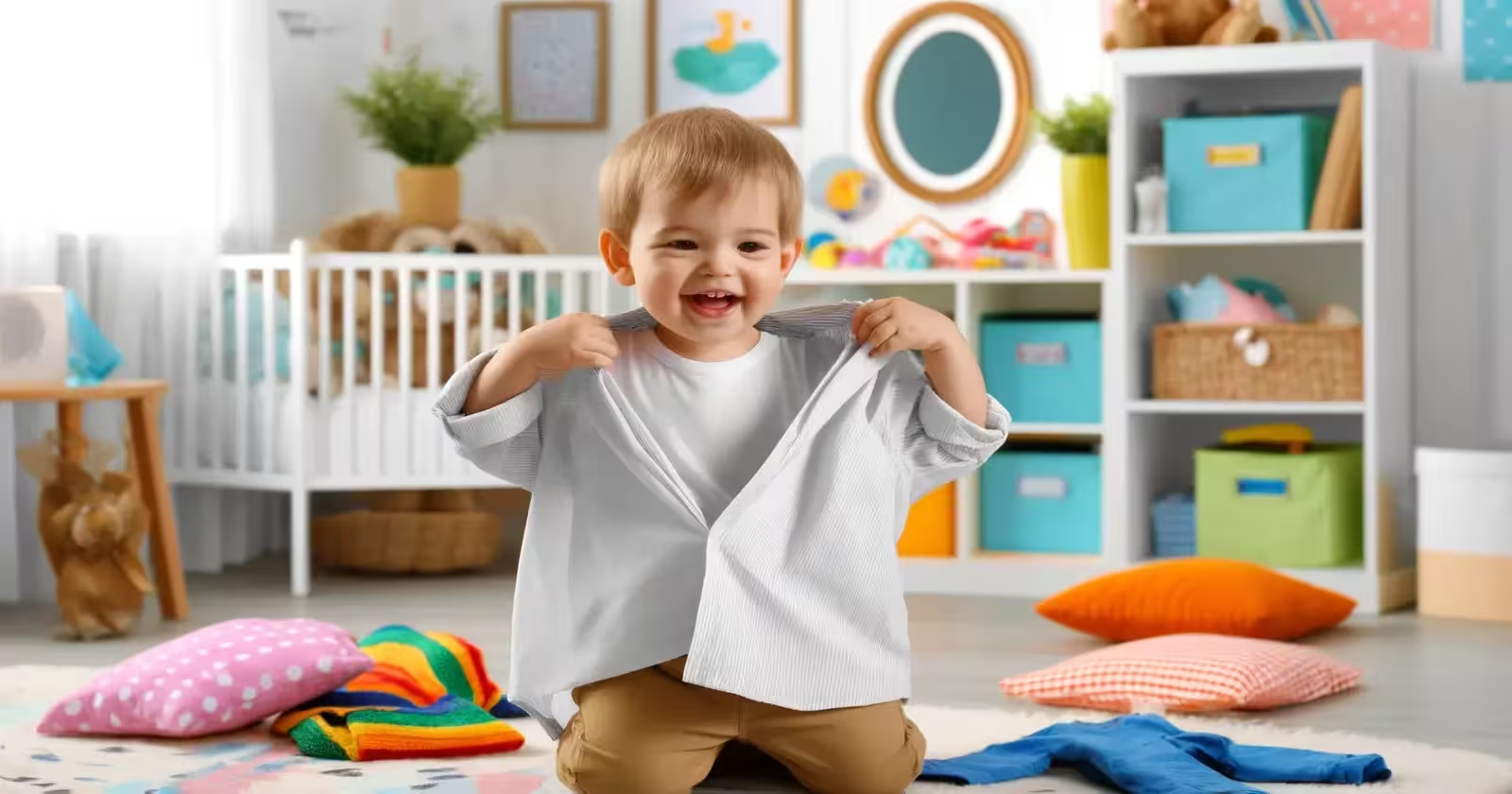
There’s a unique charm in watching a toddler beam with pride, sporting a somewhat askew outfit they’ve managed to assemble themselves. Your praise is genuine as you compliment their effort, all the while suppressing a smile at the sight of a backward shirt and mismatched shoes. This moment isn’t just cute; it marks a significant milestone in a toddler’s development.
The journey of self-dressing begins in infancy, with babies playfully removing soft hats from their heads. As they grow, toddlers gradually learn to navigate the world of zippers, buttons, and straps, inching closer to independence with each outfit. This process isn’t just about learning to dress but about making choices that reflect their emerging preferences, enhancing their confidence and self-reliance.
In this article, we explore practical tips to encourage your toddlers to dress themselves, highlighting how you can support them in developing a unique sense of style while keeping comfort and functionality in mind. From choosing the right toddler clothes to making dressing fun, discover how to equip your little one for success in their daily dress-up adventures.
What Age Should a Toddler Be Able to Dress Themselves?
Determining the right time for a toddler to start dressing themselves does not follow a strict age guideline; it’s more about observing their interest and ability levels in handling clothes.
Pediatrician Dr. Pierrette Mimi Poinsette notes, “While toddlers may initially show more enthusiasm in removing their garments often starting with easier items like socks and shoes around 12 to 18 months by age three, many are ready to begin tackling the challenge of putting them on independently.”
The signs that your toddler is ready to embark on this developmental milestone can vary. Around 12-month clothing sizes, toddlers might start by pulling off easy-to-remove pieces.
As they approach wearing 18-month outfits or 24-month clothes, they begin experimenting with more complex tasks like dressing themselves. Observing your child as they handle these 18-month-old clothes can provide insights into their readiness.
Pamela Green, a Montessori consultant, suggests that the learning process is gradual: “If a toddler continues to show interest in learning how to manage their shoes or preschool clothes, adults must step back occasionally and assess which steps they can perform solo and where they might need a helping hand.”
This approach encourages toddlers, whether dealing with daycare clothes or dressing up costumes for 2-year-olds, to develop at their own pace while providing them the space to explore their capabilities. Encouraging your child to engage in dressing themselves in 18 to 24 months clothes or 2t outfits can be a fun and empowering process, fostering both independence and motor skills.
The Benefits of a Toddler Who Can Dress Themselves
Empowering your toddler to dress themselves offers significant advantages, both for them and for you as a caregiver. When toddlers learn to manage their toddler clothes, it frees up some of their time—allowing them to attend to other tasks or simply take a well-deserved break it also fosters their independence and self-esteem.
The process of selecting and putting on clothes from a preschool dress to 3t dress-up clothes enhances their cognitive skills by requiring them to think ahead and order their actions.
Whether they’re coordinating toddler girl dresses or toddler boy clothes, they make decisions that boost their ability to plan and sequence tasks. This isn’t just about choosing a purple 2t dress or finding the right 18-month winter clothes; it’s about mastering the steps involved in dressing.
Physically, dressing involves a range of movements that refine fine motor skills. Manipulating buttons and zippers on 2t dress-up clothes, pulling on 18-month-old clothes, or even aligning socks teaches dexterity and coordination. These are essential skills that toddlers will use in many other areas of their lives.
Additionally, by making choices about what to wear be it 2t outfits or dressing up costumes for 2-year-olds toddlers begin to express their personalities and preferences. This sense of autonomy is crucial for their development. As they gain confidence in their ability to dress, like choosing between dress 2t or trendy clothes for 9-year-olds for older siblings, they feel more capable and self-reliant.
Ultimately, teaching your toddler to handle their dressing, from simple 18-month outfits to more complex 4t outfits, is a step toward building their confidence and preparing them for future challenges. This autonomy is a critical component of their growth into independent individuals.
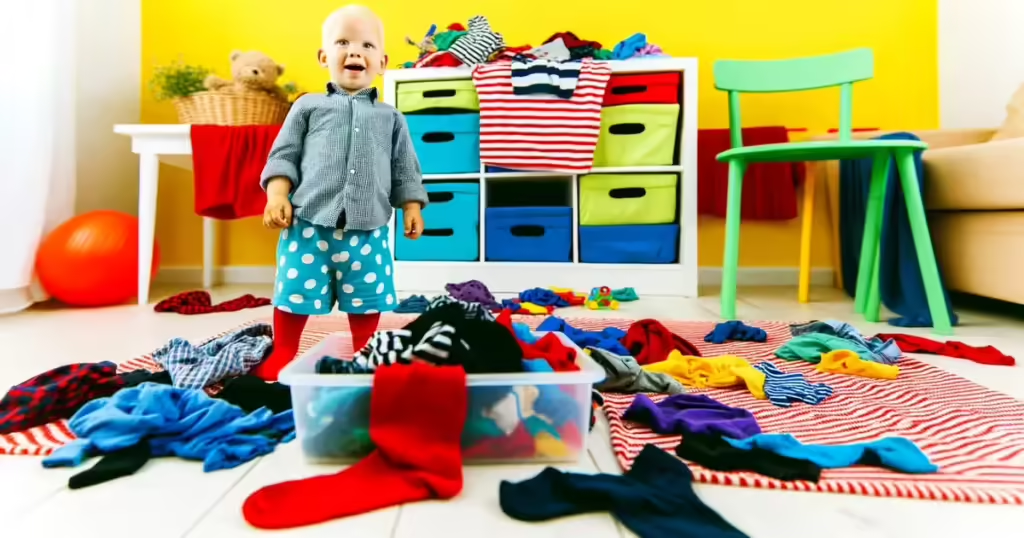
The Milestones for Toddlers to Dress Themselves
Understanding the milestones for self-dressing can help parents and caregivers set realistic expectations and provide appropriate support as toddlers grow. Although each child develops at their own pace, certain general patterns can be observed in how children learn to dress themselves.
Initially, toddlers as young as one to one and a half years old may begin to show interest in dressing by pulling off accessible items like hats or socks. Dr. Pierrette Mimi Poinsette, a pediatrician, notes that at this stage, “Toddlers might start to remove their clothes independently and extend their arms to assist when you dress them, especially when putting on tops or dresses.”
By the age of two, many toddlers can manage simpler tasks like putting on a shirt or pants with some help. It’s a time when they start to engage more actively with their clothes, attempting to unbutton and possibly even pull their pants up after a diaper change.
As toddlers reach three years old, they often achieve greater independence. Dr. Poinsette suggests, “By this age, children may dress themselves completely, including managing velcro shoes and beginning to handle more challenging fasteners like zippers and buttons on their preschool clothes.” She recommends that practicing with large buttons or toys equipped with zippers can greatly enhance these skills.
Here’s a brief outline of what to expect as your child grows:
Encouraging your toddler as they reach these milestones not only supports their motor development but also boosts their confidence and independence. For parents shopping for toddler clothes, choosing items like 2t dress-up clothes with easy fasteners and 3t clothing sizes that are easy to handle can make this learning process smoother and more enjoyable for both you and your child.
What if My Toddler Can’t Dress Themselves Yet?
It’s essential to recognize that toddlers develop self-dressing skills at varying rates. While some 2-year-olds might independently manage shoes and jackets, others may not fully master these skills until they are four or five years old.
Dr. Pierrette Mimi Poinsette reassures parents, stating, “Most toddlers are too young to fully dress themselves, but they are certainly capable of contributing to the process.” It’s perfectly normal for each child to progress at their own pace.
To facilitate this development, ensuring your child has the right clothing is crucial. Evaluate your toddler’s wardrobe to include items that encourage practice. For example, choosing clothes with simpler closures like elastic waistbands or velcro shoes can make a big difference.
Pamela Green, a Montessori consultant, advises, “As adults, we can support our children by providing clothes that are easy for them to handle on their own free from complicated snaps, buttons, belts, or ties.”
Additionally, placing a mirror at your child’s eye level can be a helpful tool. This allows toddlers to see themselves and adjust any misalignments, like a backward shirt.
Green highlights the importance of this self-correction, “It’s transformative for a child to see for themselves that their clothes are on incorrectly, allowing them the autonomy to fix it.” This not only helps in reducing frustration but also enhances their learning and independence.
If you’re concerned about your toddler’s progress with dressing skills, don’t hesitate to consult their pediatrician or a child development specialist. They can provide reassurance and guidance tailored to your child’s needs, ensuring that any developmental delays are addressed promptly and appropriately.
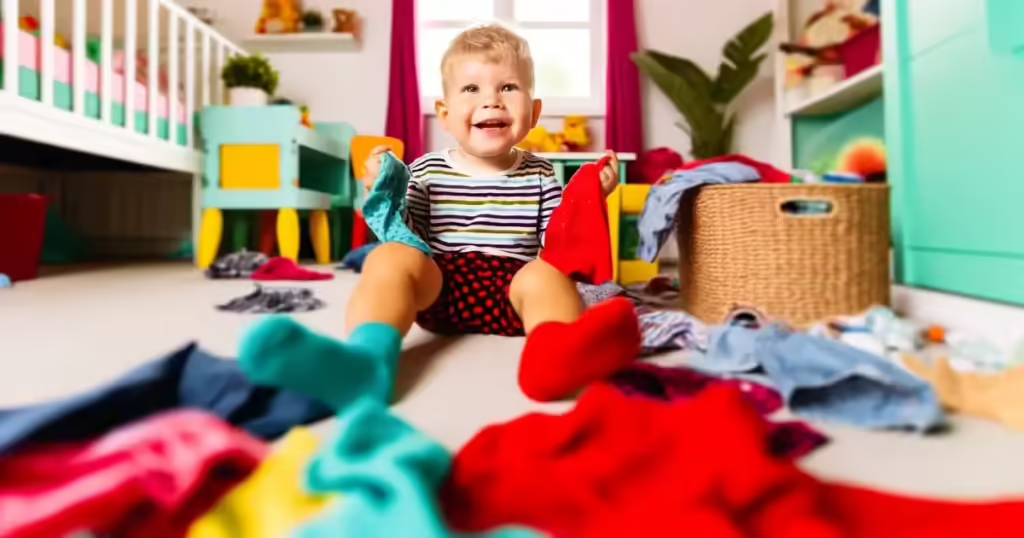
Final Thought…
Toddlers naturally strive for independence as they grow. When they repeatedly take off their hat or spend an extended time attempting to put on their shoes, it’s more than just playful behavior—it’s an indication of their desire to learn and do things by themselves. This persistence is a positive sign of their developing autonomy.
It’s beneficial to follow your toddler’s lead in these moments. Allowing them the time and space to explore the dressing process supports their developmental growth. Each struggle with a velcro shoe or the repeated attempts to get a 2t dress just right are valuable steps toward becoming more self-sufficient.
This phase is a crucial part of their evolution into independent individuals capable of making decisions and managing aspects of their self-care. By facilitating a supportive environment where they can practice these skills whether it’s pulling on a preschool dress or a simple pair of 18-month-old clothes you empower them to gain confidence and competence.
Encouraging this independence doesn’t just help with dressing; it lays the foundation for all kinds of future self-care skills. Letting toddlers engage deeply in dressing themselves, even if it takes a little longer, contributes significantly to their overall growth and development. Remember, each small step they take on their own is a big leap toward their independence.

